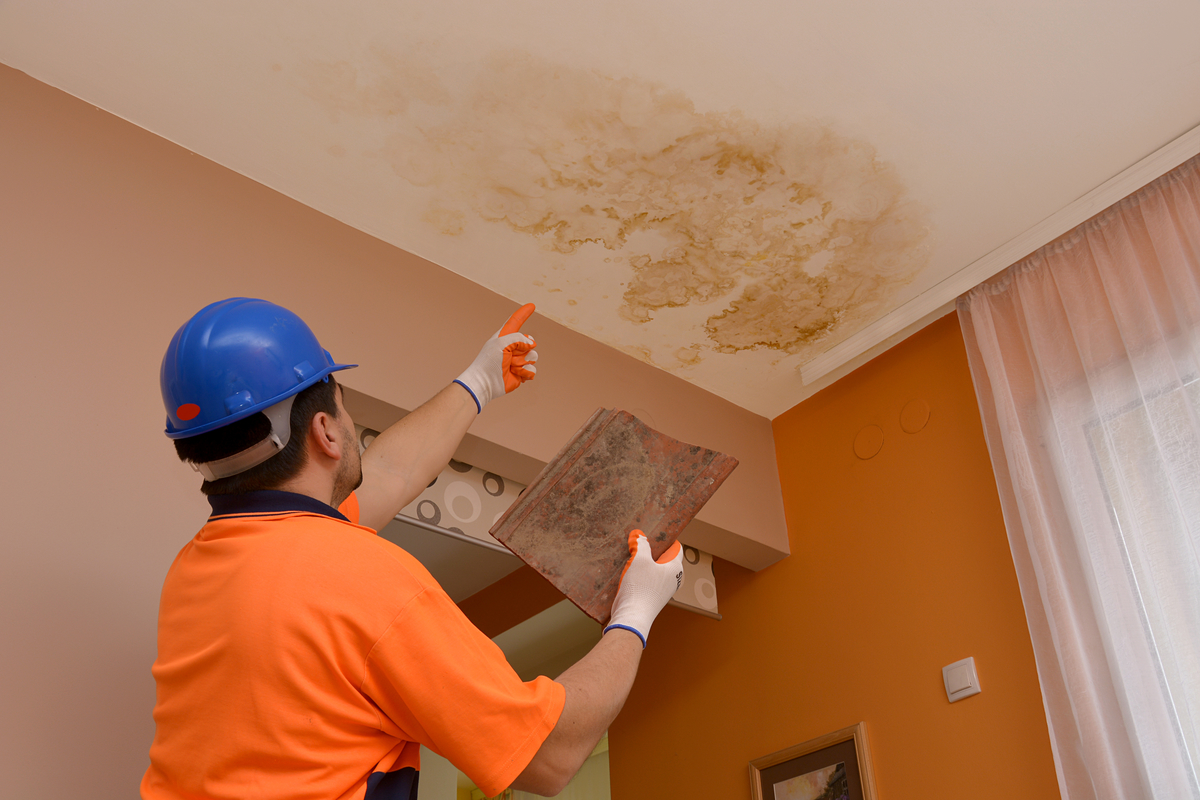Pinpoint Six of Commonest Leak Triggers Within Your Home
Pinpoint Six of Commonest Leak Triggers Within Your Home
Blog Article
The article author is making a few great pointers about How to detect water leaks in your home as a whole in the article beneath.

Leaks not just cause waste of water yet can likewise trigger unnecessary damages to your home as well as advertise unwanted natural growth. Regrettably, water leakages might go undetected because a lot of the pipework in our home is hidden. By recognizing and also looking for daily scenarios that trigger leaks, you can safeguard your home from future leakages and unneeded damage. Today, we will certainly take a look at 6 leak creates that may be creating your pipes to leak.
Instant temperature modifications.
Extreme temperature level adjustments in our pipes can trigger them to increase as well as acquire unexpectedly. This development and contraction might cause cracks in the pipes, particularly if the temperature are below freezing. It would certainly be best if you kept an eye on how your plumbing functions. The presence of the formerly pointed out conditions regularly suggests a high risk.
Corroded water systems
As time goes by, your plumbing system ages and also corrosion such as rust may start eating away the pipes. This may be the source of discoloration or warping on your pipes. This requires an inspection with your plumber quickly. If our plumbing system is old, take into consideration replacing the pipes given that they go to a higher threat of rust than the more recent designs.
Defective Pipe Joints
The point at which your pipes attach is often the weakest web link in the waterline. Pipe joints can degrade over time, leading to water leakages. Sadly, most of pipeline joints are not easily visible. If you have noisy pipes that make ticking or banging sounds, specifically when the warm water is turned on, your pipe joints are most likely under a lot of pressure. It is advisable to have your plumber check your system annually.
Elbowing in roots
Most water leakages start outside the residence rather than inside it. You could discover damp patches or sinkholes in your lawn, and also that may indicate that tree origins are attacking water lines triggering water to permeate out.
Poor Water Connectors
At times, a leakage can be created by loosened hoses and also pipes that supply your appliances. In instance of a water connections leakage, you might see water running straight from the supply line or puddles around your appliances.
Blocked Drains
Blocked drains pipes may be frustrating as well as inconveniencing, however they can often end up creating an overflow causing burst pipelines. Maintain getting rid of any kind of products that may drop your drains pipes that could obstruct them to prevent such hassles.
All the above are causes of leaks yet not all water leakages result from plumbing leaks; some leaks might originate from roof leaks. All leakages must be repaired instantly to stay clear of water damage.
Leakages not only trigger waste of water but can additionally trigger unnecessary damages to your home and also promote undesirable organic development. By looking and also understanding for everyday circumstances that trigger leakages, you can secure your house from future leaks and unnecessary damages. Today, we will look at six leakage triggers that may be causing your pipelines to leak.
At times, a leakage can be caused by loosened pipes as well as pipes that supply your devices. In instance of a water connections leak, you may notice water running straight from the supply line or puddles around your home appliances.
How To Check For Water Leak In Your Home
How To Check for Leaks
The average household's leaks can account for nearly 10,000 gallons of water wasted every year and ten percent of homes have leaks that waste 90 gallons or more per day. Common types of leaks found in the home are worn toilet flappers, dripping faucets, and other leaking valves. These types of leaks are often easy to fix, requiring only a few tools and hardware that can pay for themselves in water savings. Fixing easily corrected household water leaks can save homeowners about 10 percent on their water bills.
To check for leaks in your home, you first need to determine whether you're wasting water and then identify the source of the leak. Here are some tips for finding leaks:
Take a look at your water usage during a colder month, such as January or February. If a family of four exceeds 12,000 gallons per month, there are serious leaks.
Check your water meter before and after a two-hour period when no water is being used. If the meter changes at all, you probably have a leak.
Identify toilet leaks by placing a drop of food coloring in the toilet tank. If any color shows up in the bowl after 10 minutes, you have a leak. (Be sure to flush immediately after the experiment to avoid staining the tank.)
Examine faucet gaskets and pipe fittings for any water on the outside of the pipe to check for surface leaks.
Undetected water leaks can happen without the home or business owner even realizing. If you suspect a water leak, but not able to find the source. It is time to contact a professional water leak detection service, The Leak Doctor.
How To Find a Water Leak In Your Home
https://www.leakdoctor.com/blog/How-To-Check-For-Water-Leak-In-Your-Home_AE197.html

As an enthusiastic person who reads about Common Water Leaks In House, I imagined sharing that excerpt was a good idea. Sharing is nice. Helping people is fun. Thanks for your time. Come back soon.
Sink issues? Connect. Report this page